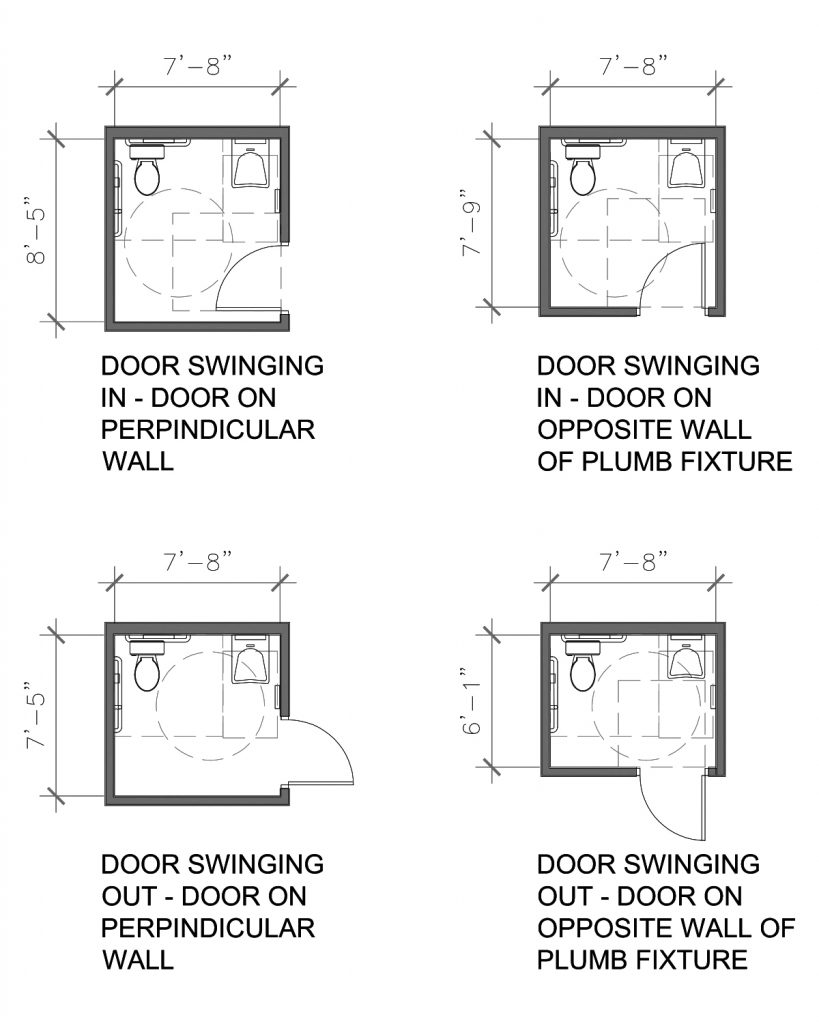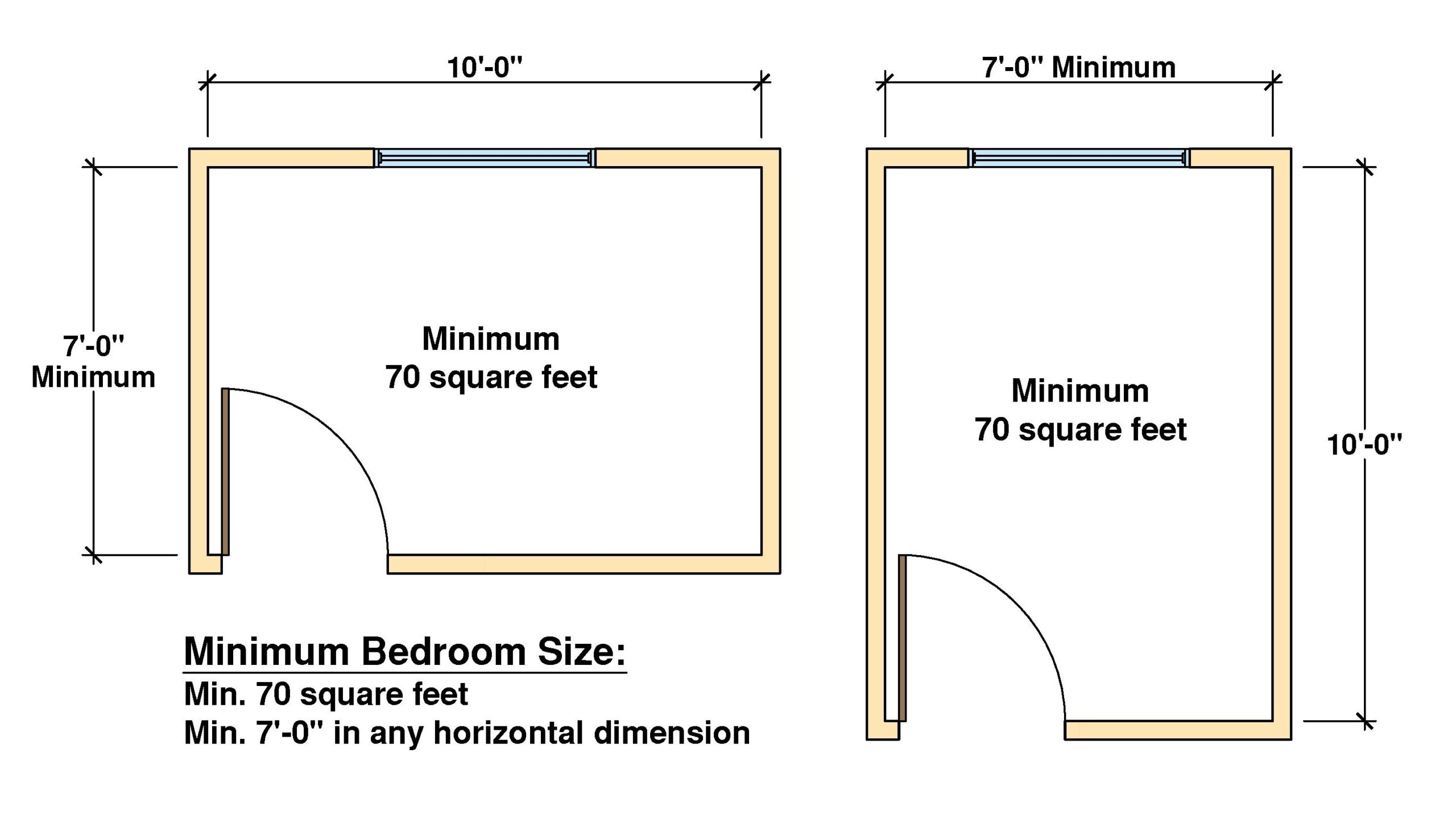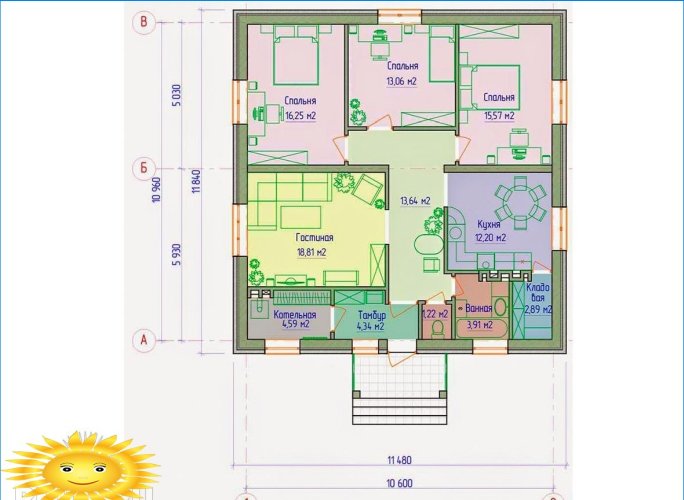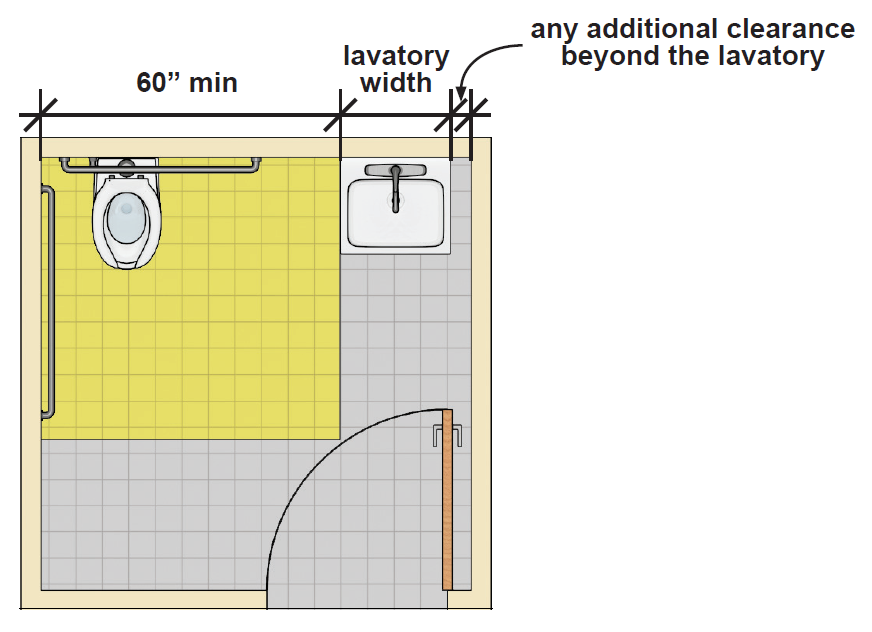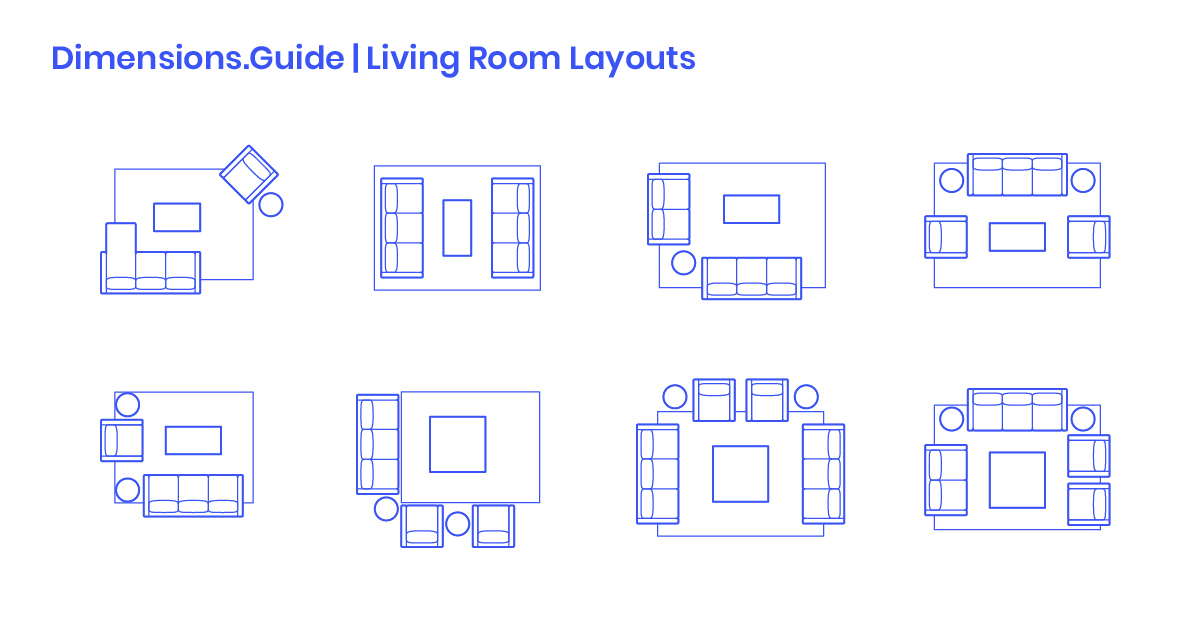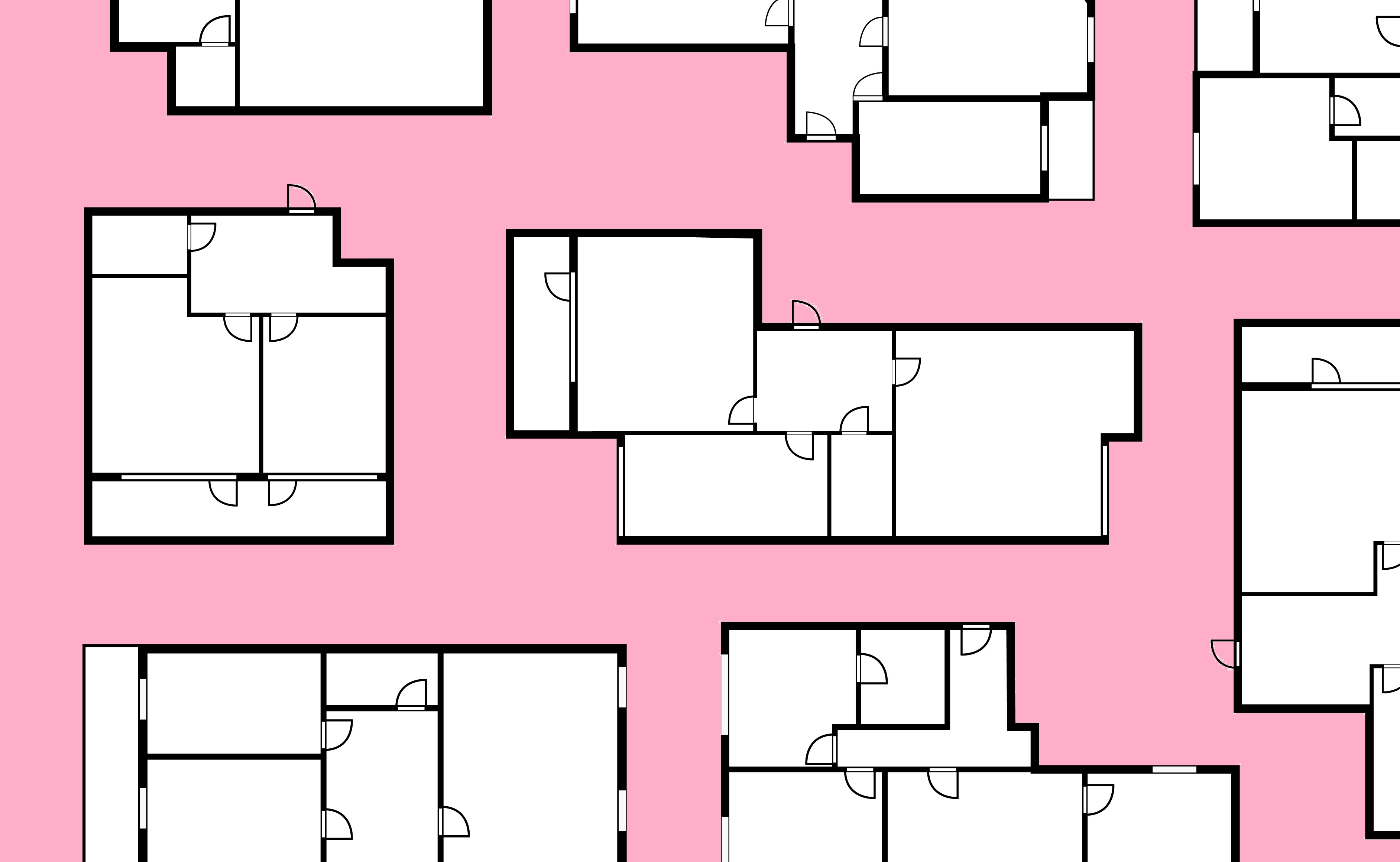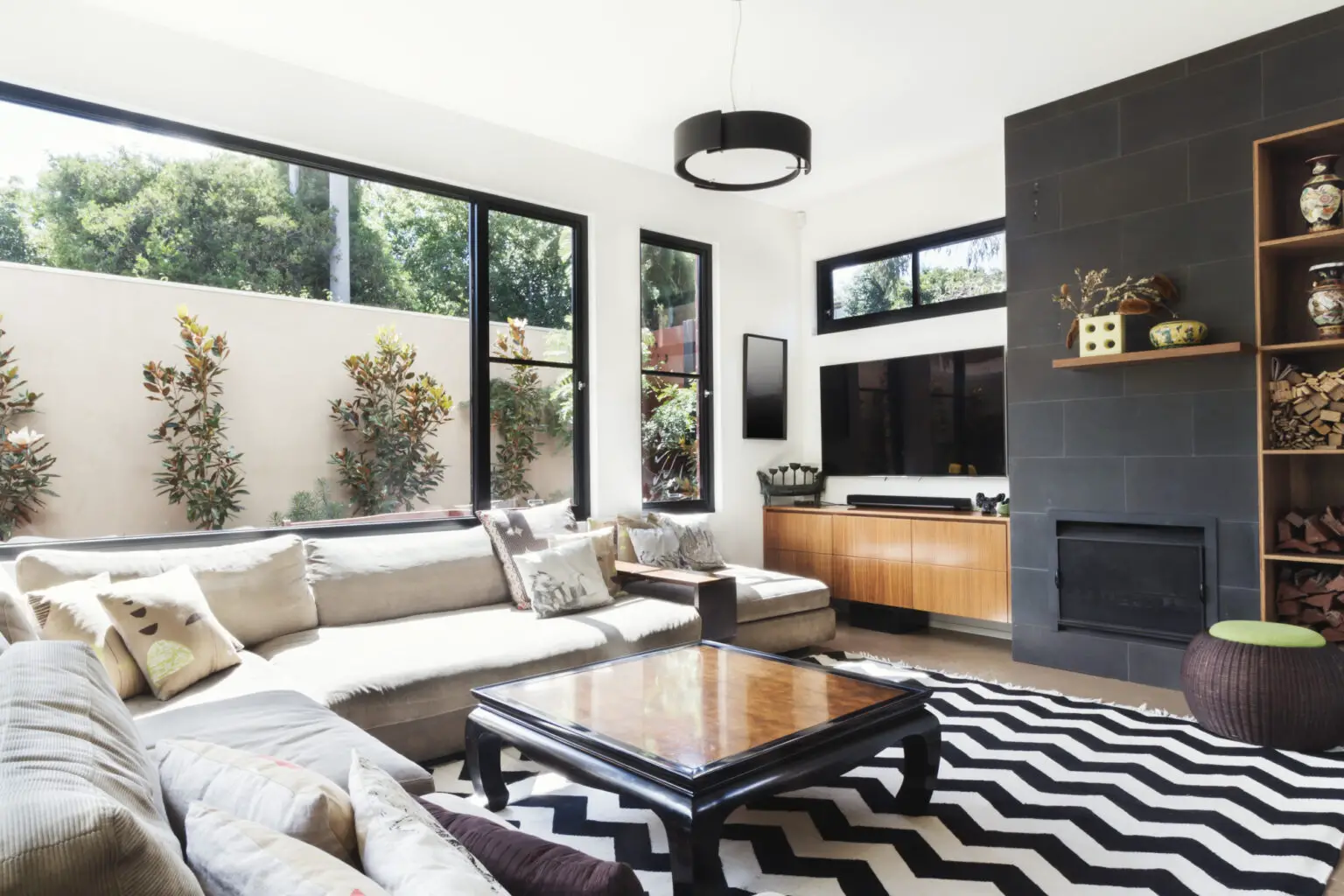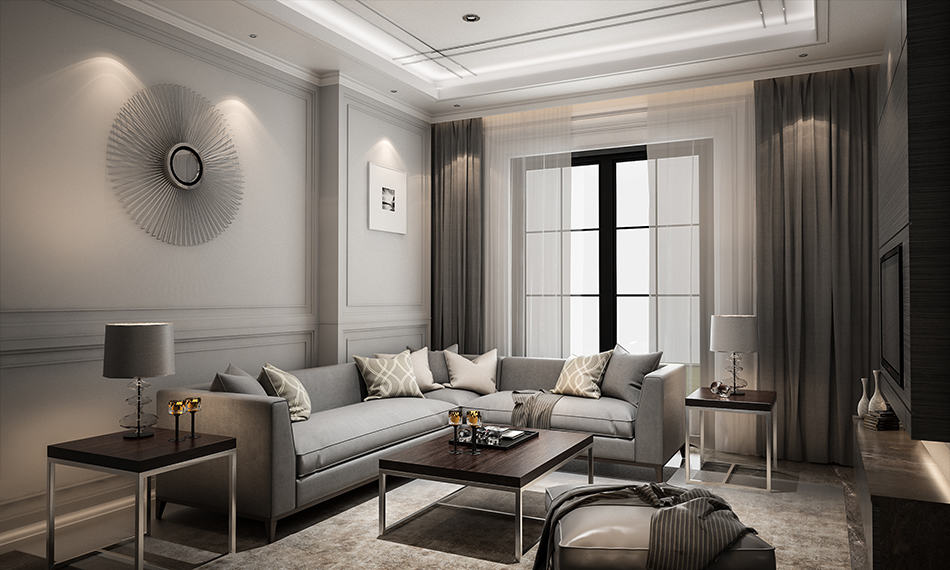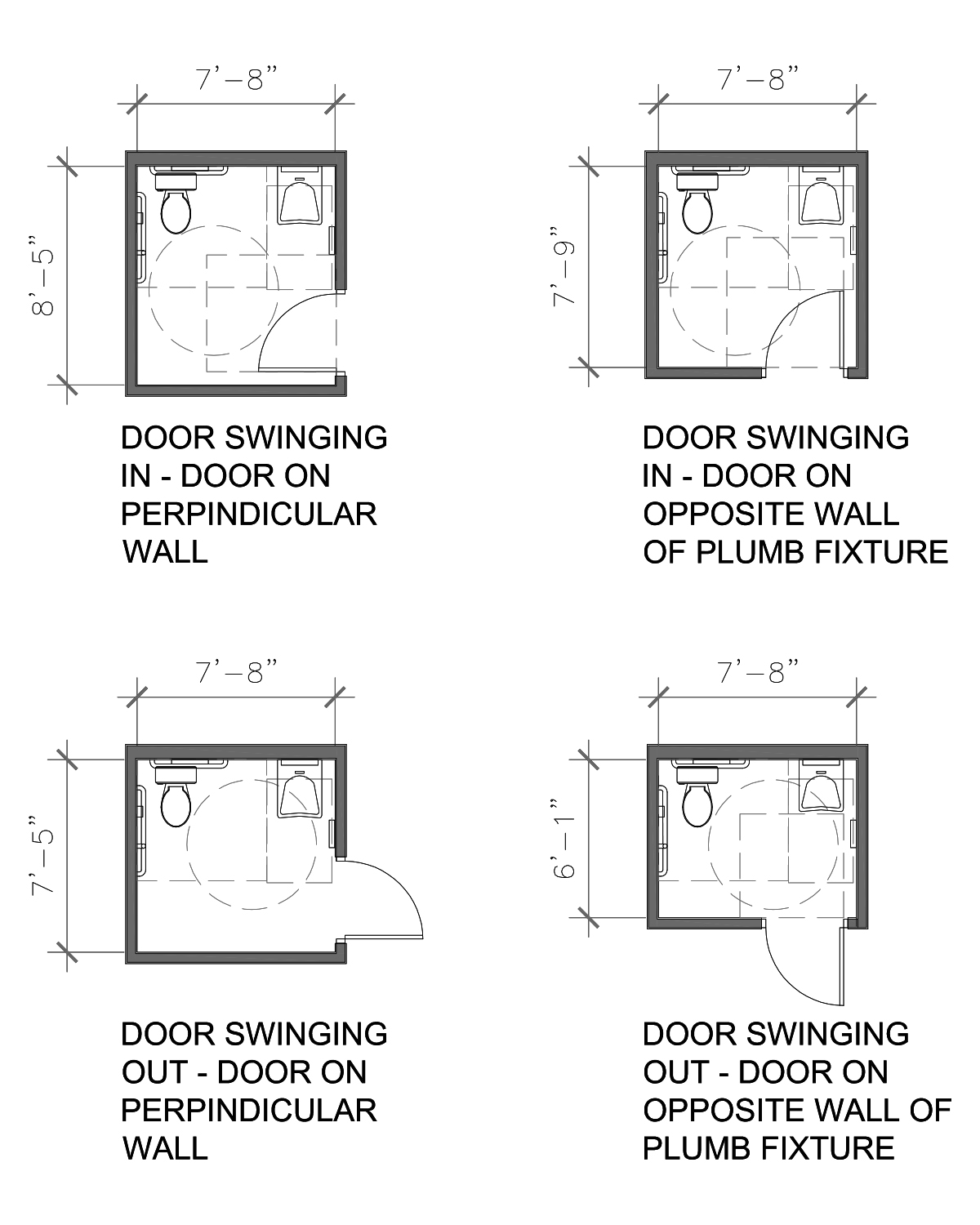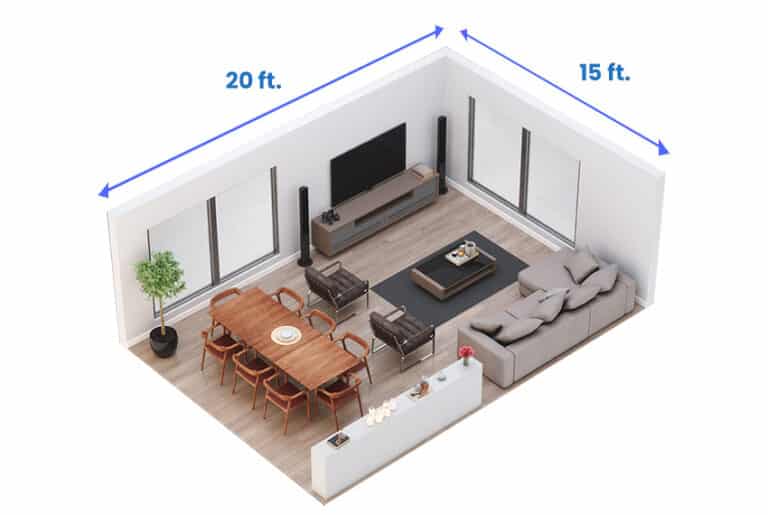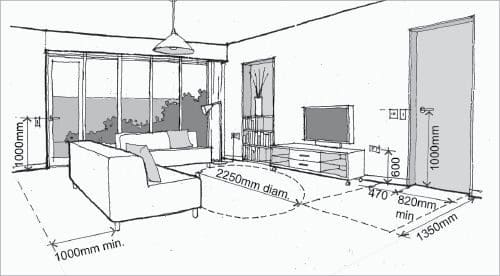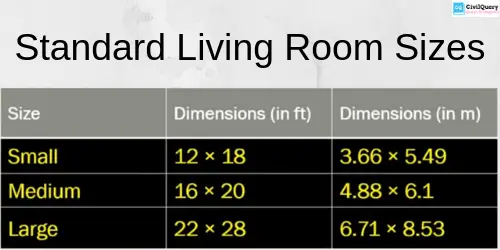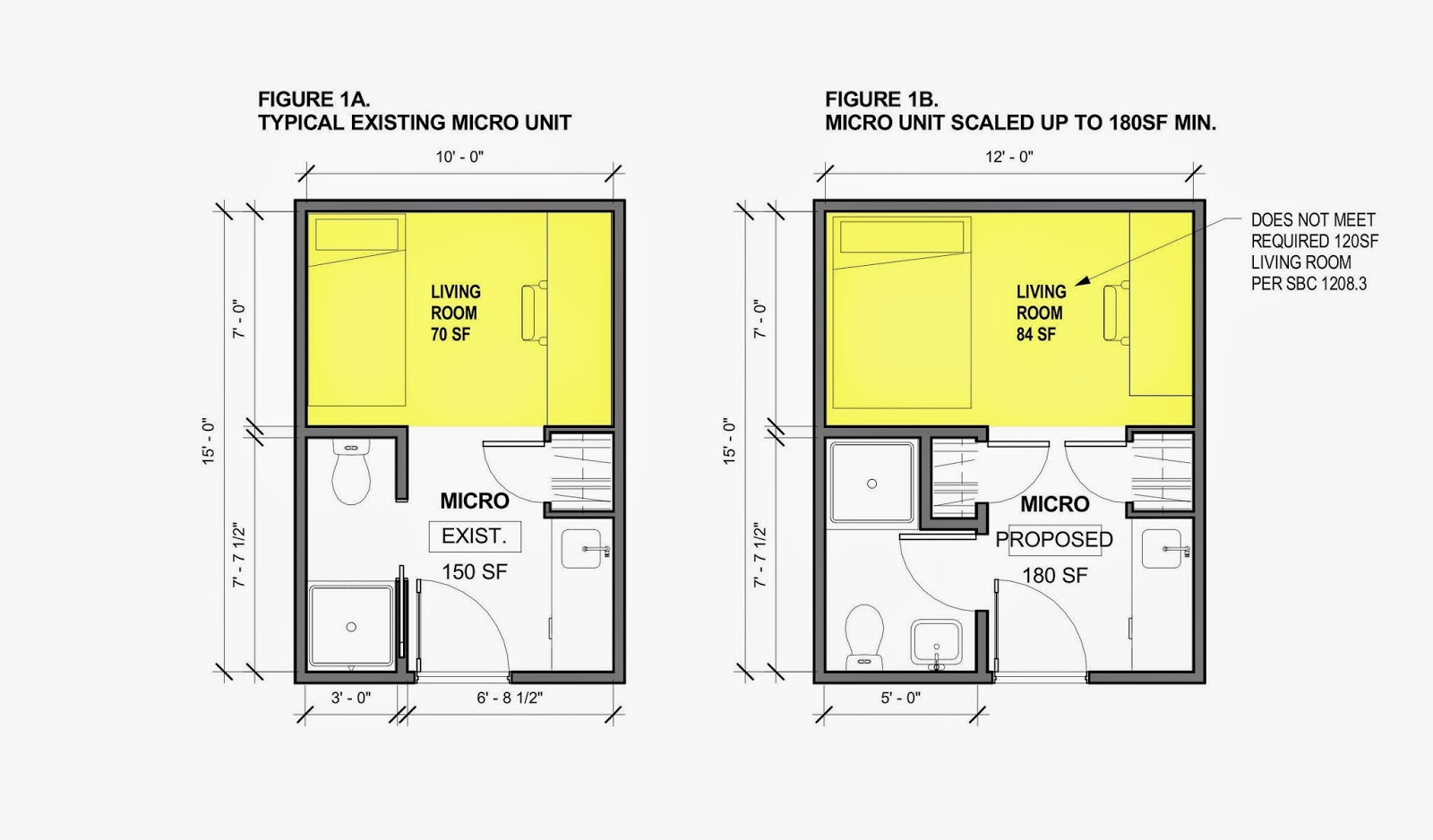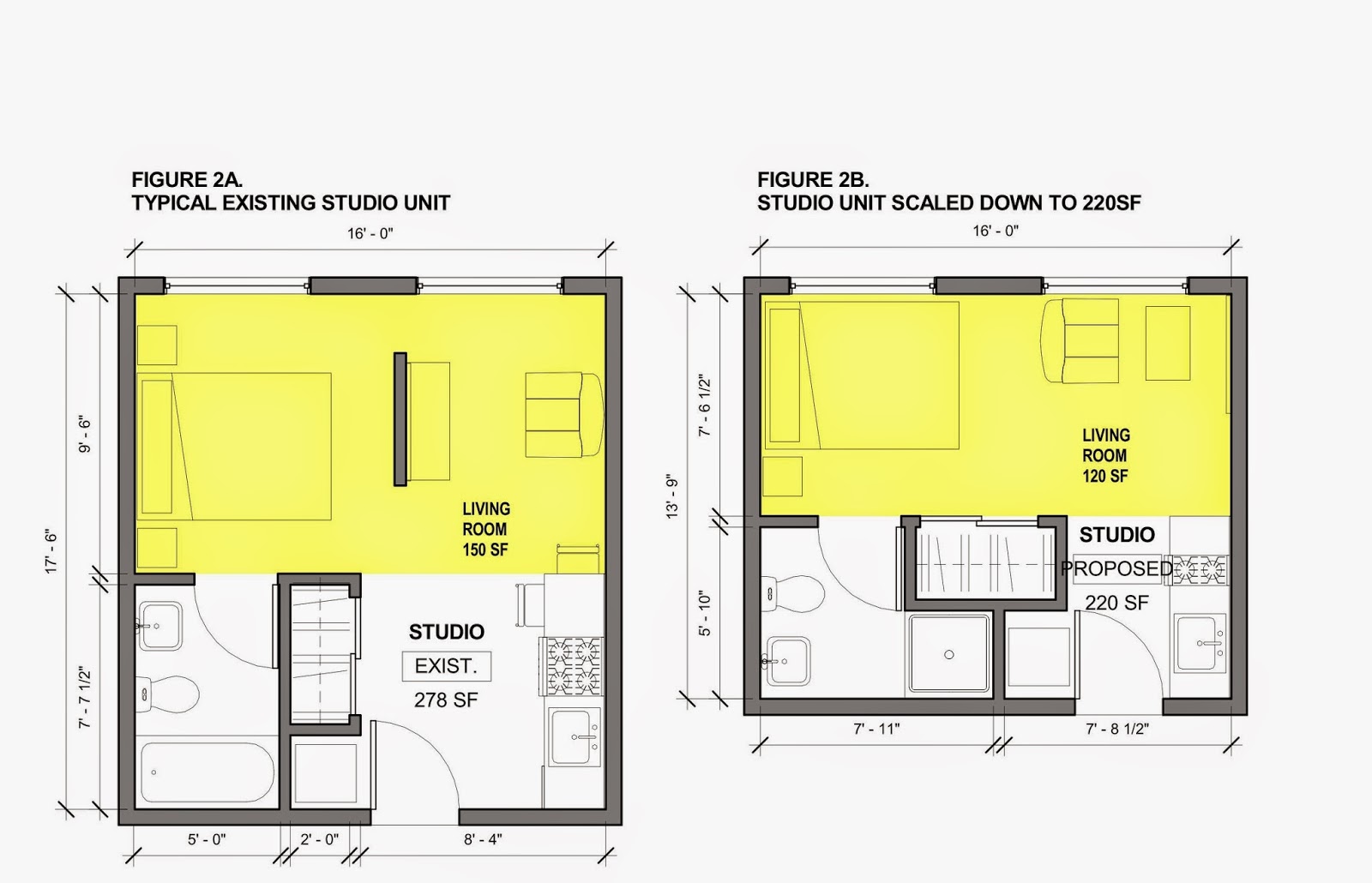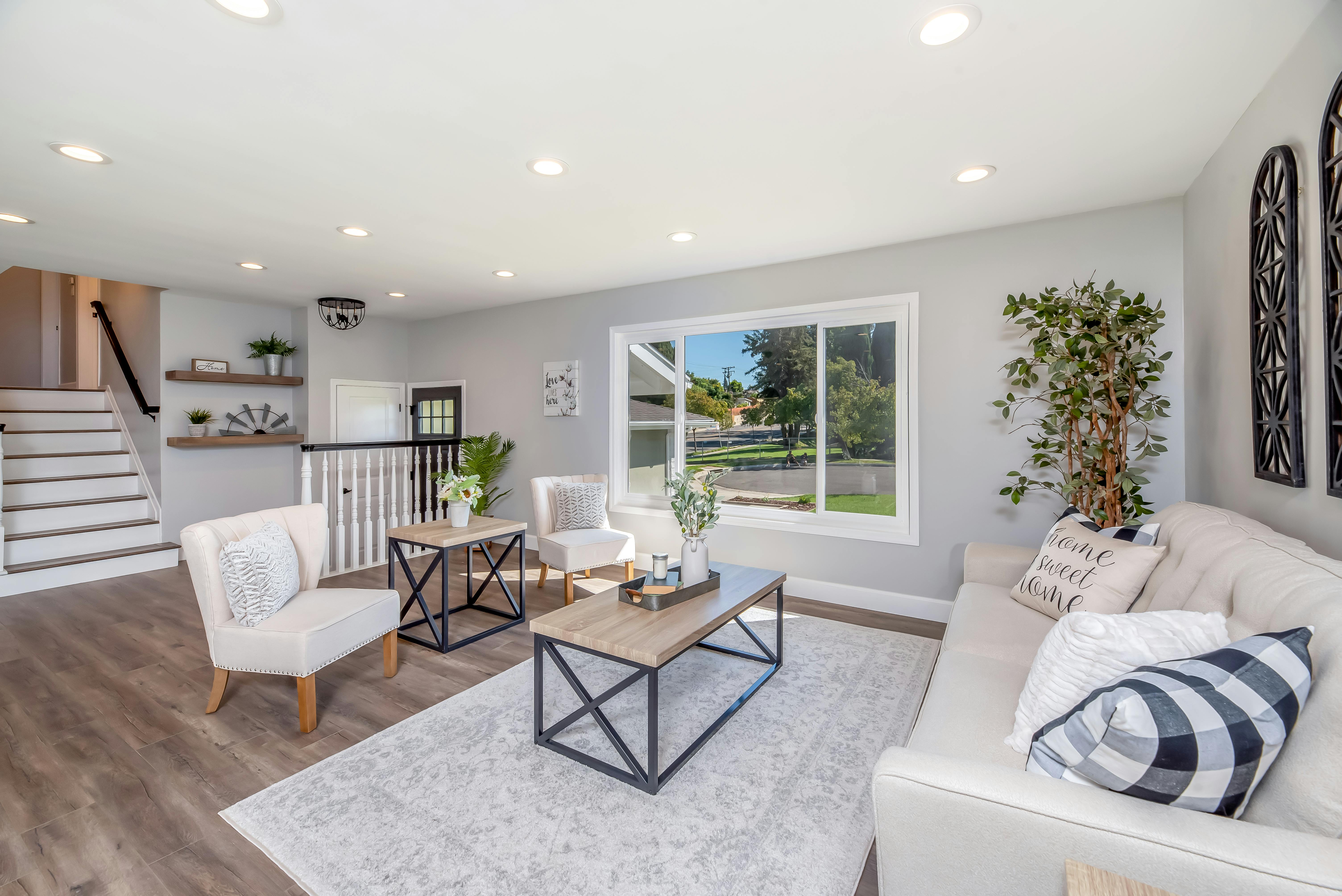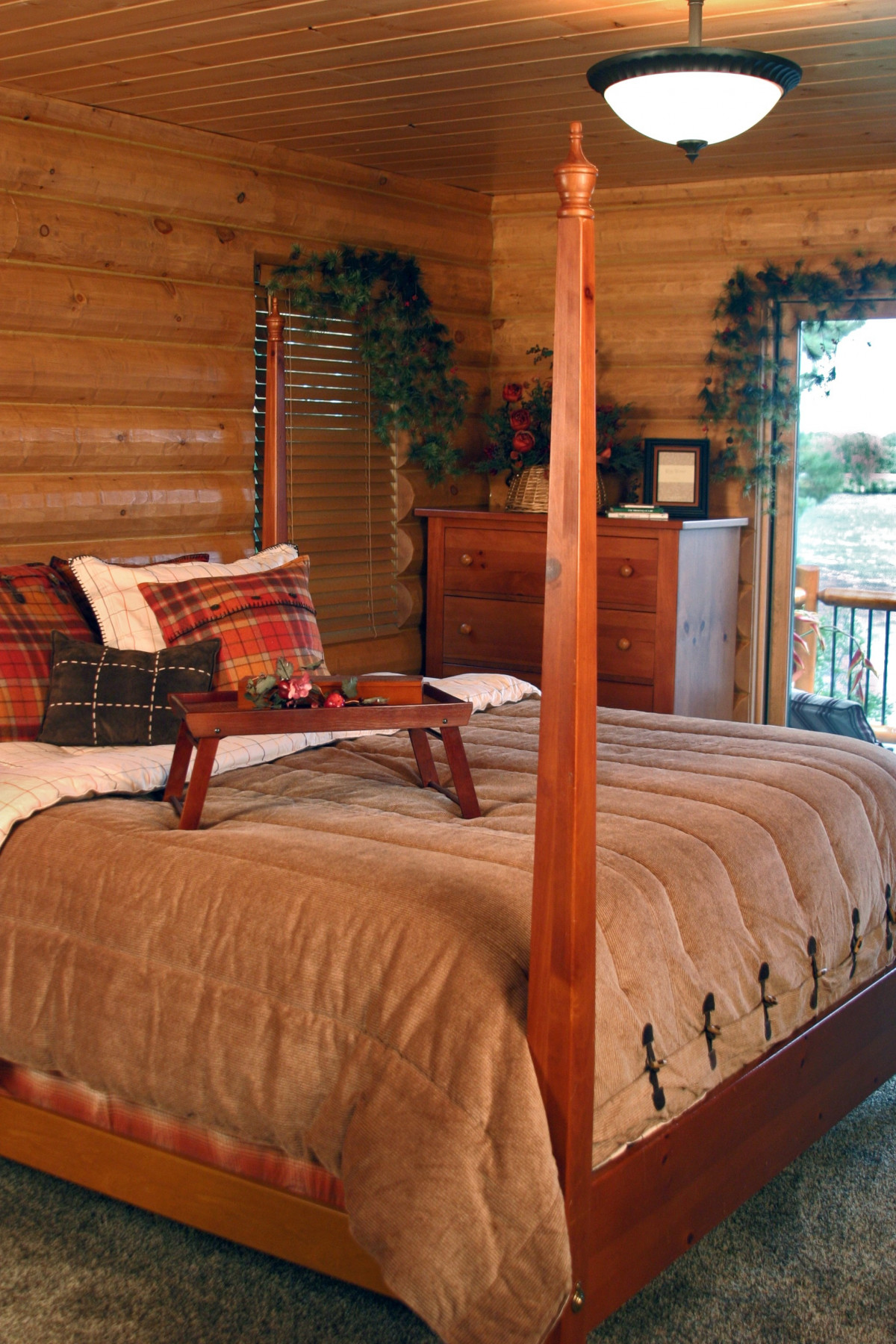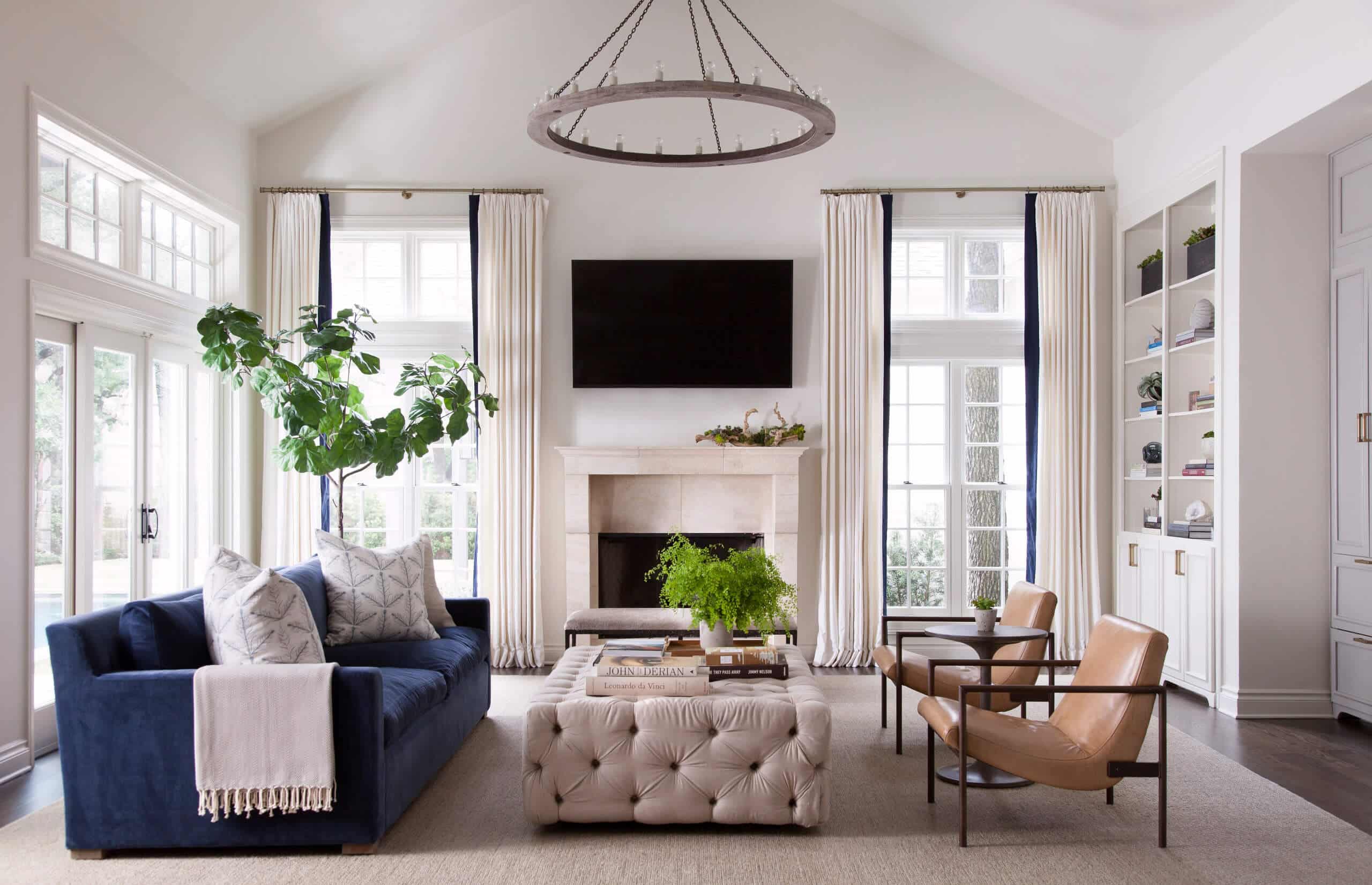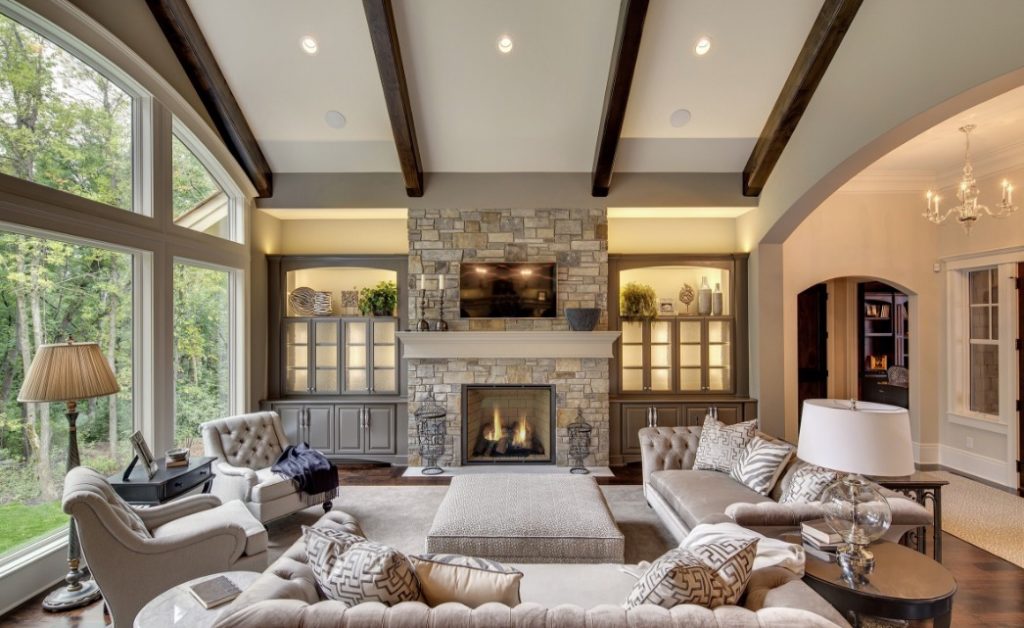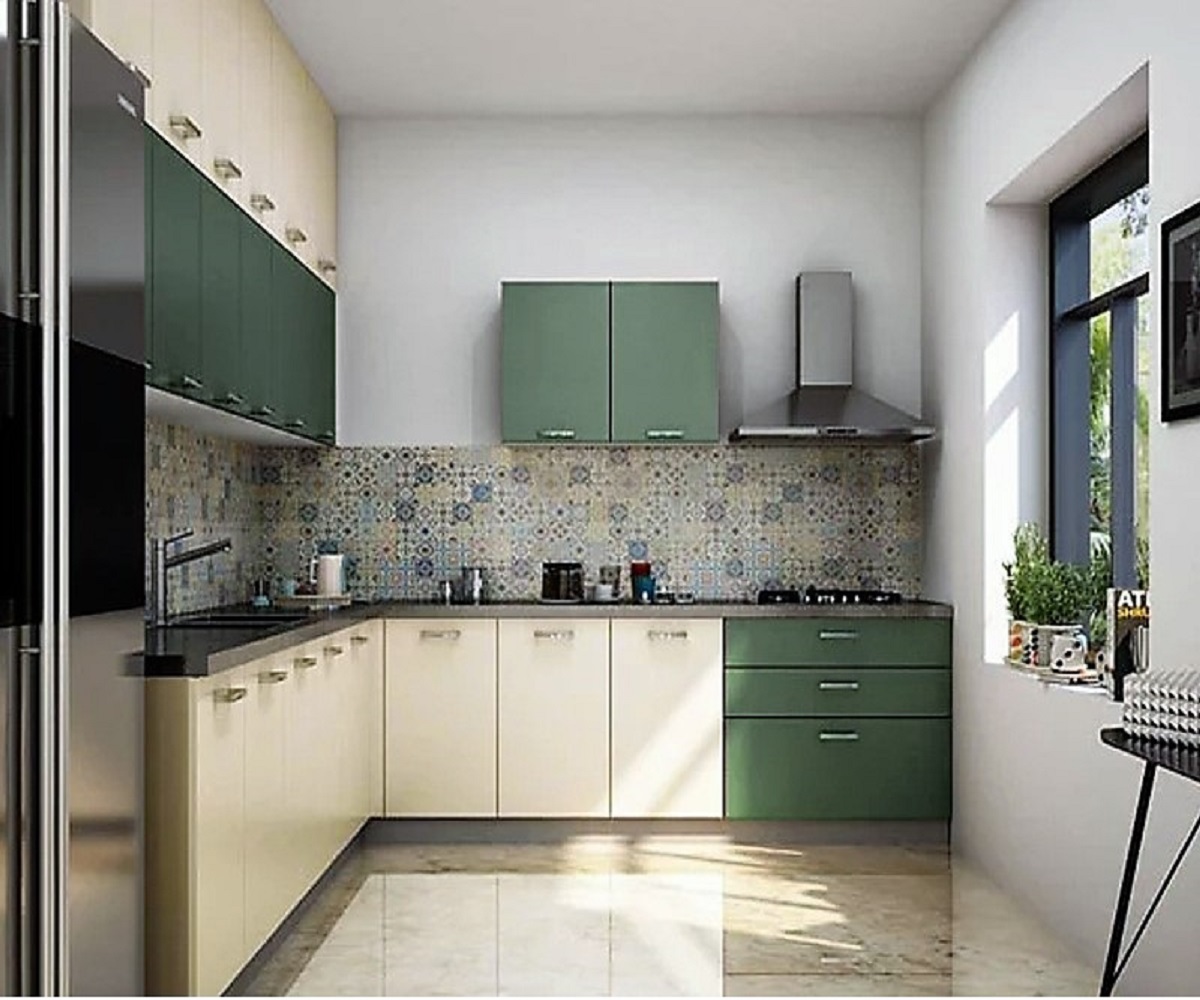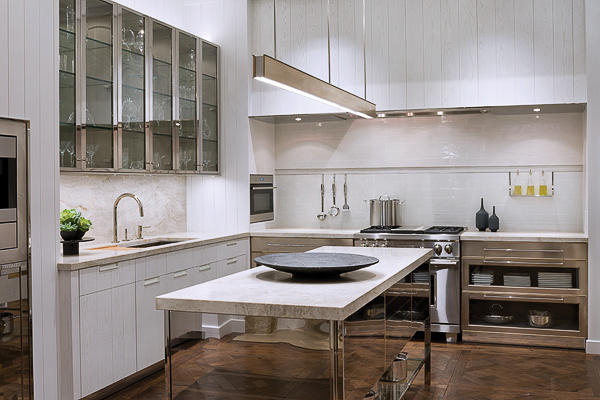When it comes to designing and decorating your living room, one of the most important considerations is the size of the space. After all, the living room is often the central gathering place for your home, where you entertain guests, relax with your family, and spend quality time. But just how much space do you really need for a functional and comfortable living room? Let's take a look at the top 10 minimum size requirements for creating the perfect living room.Minimum Living Room Size: How Much Space Do You Really Need?
Before we dive into the specifics of minimum living room size, it's important to understand the general guidelines for room sizes in a home. The average living room size in the United States is around 330 square feet, but this can vary greatly depending on the layout and design of your home. Keep in mind that these are just recommendations and your living room size should ultimately be based on your personal needs and preferences.1. Understanding Living Room Size Requirements
According to experts, the absolute minimum square footage for a living room is around 120 square feet. This size can accommodate basic living room furniture, such as a sofa, coffee table, and chairs, but it may feel cramped and uncomfortable. If possible, aim for at least 150-200 square feet for a more spacious and functional living room.2. Minimum Square Footage for a Living Room
When determining the size of your living room, it's important to consider both the length and width of the space. A good rule of thumb is to have a living room that is at least 12 feet by 12 feet. This will allow for enough room to comfortably arrange furniture and move around the space without feeling cramped.3. Living Room Dimensions: Length and Width
If you plan on adding a television to your living room, you'll need to factor in additional space for viewing. It's recommended to have at least 50 inches of space between your TV and seating area for optimal viewing. This means you'll need a living room that is at least 12x15 feet if you want to add a TV.4. Minimum Space for a Living Room with a TV
If you frequently host gatherings or parties in your home, you may want to consider a larger living room. Experts suggest a minimum of 200 square feet for a living room that can comfortably accommodate a group of people. This will allow for enough space to add additional seating and create a more open and inviting atmosphere.5. Living Room Size Guidelines for Entertaining
When it comes to seating, it's important to have enough room for people to sit comfortably. The recommended minimum space for a sofa is around 6 feet, so make sure you have enough space for this and any additional chairs or seating you may want to add.6. Minimum Dimensions for Comfortable Seating
If you want to incorporate a dining area into your living room, you'll need to factor in additional space for a table and chairs. The recommended minimum space for a dining table is around 3 feet by 6 feet, so add this to your overall living room size requirements.7. Living Room Size Standards for Dining Space
Aside from seating and dining, think about any other activities you may want to do in your living room. If you enjoy reading, you'll need space for a bookshelf or reading nook. If you have kids, you may want to include a play area. Make sure to factor in these activities when determining the minimum size for your living room.8. Minimum Living Room Area for Other Activities
If your living room will also serve as a multi-purpose space, such as a home office or workout area, you'll need to consider this when determining the minimum size. These activities will require additional space and should be factored into your overall living room size guidelines.9. Living Room Size Recommendations for Multi-Purpose Spaces
The Importance of a Minimum Size for a Living Room
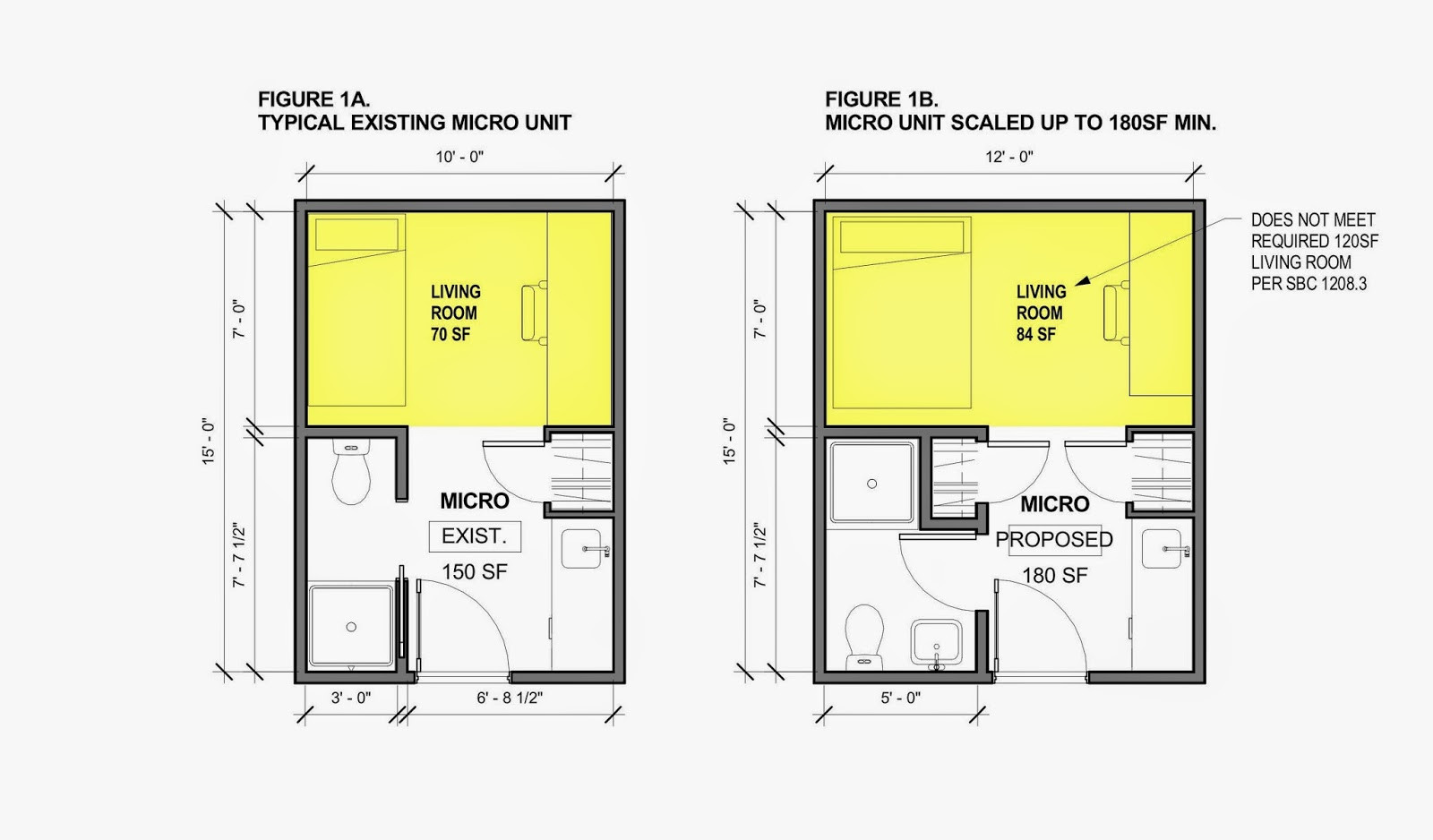
The Purpose of a Living Room
 A living room is an essential part of a house; it is the heart of the home where the family and guests gather to relax, entertain, and spend quality time together. It is a space that reflects the style and personality of the homeowners and should be comfortable, functional, and visually appealing. With this in mind, it is crucial to consider the minimum size of a living room when designing a house.
A living room is an essential part of a house; it is the heart of the home where the family and guests gather to relax, entertain, and spend quality time together. It is a space that reflects the style and personality of the homeowners and should be comfortable, functional, and visually appealing. With this in mind, it is crucial to consider the minimum size of a living room when designing a house.
The Minimum Size for a Living Room
 The minimum size for a living room varies depending on the size of the house and the number of occupants. However, the general rule of thumb is that a living room should be at least 12 feet wide and 16 feet long. This allows for enough space for furniture, traffic flow, and comfortable movement within the room. It also provides enough seating for a family and guests to gather and socialize.
Proper Space Planning
Having a minimum size for a living room is crucial for proper space planning in a house. It ensures that the room is not too small, which can make it feel cramped and uncomfortable, or too large, which can make it feel empty and uninviting. A well-designed living room should have enough space for all necessary furniture, such as a sofa, armchairs, coffee table, and entertainment center, without feeling overcrowded.
Enhancing Comfort and Functionality
A minimum size for a living room also enhances comfort and functionality. With enough space, the room can have a natural flow, making it easy to move around and access different areas. It also allows for comfortable seating arrangements, providing ample space for people to sit and relax without feeling cramped. Additionally, a larger living room can accommodate more activities, such as hosting movie nights, game nights, or even having a small home office setup.
Aesthetic Appeal
Lastly, a minimum size for a living room is essential for aesthetic appeal. A well-designed, spacious living room can make a house feel more inviting and luxurious. It also allows for more opportunities to incorporate design elements such as artwork, decorative pieces, and plants, making the room visually appealing.
In conclusion, a minimum size for a living room is crucial for proper space planning, enhancing comfort and functionality, and creating aesthetic appeal. When designing a house, it is essential to consider the size of the living room to ensure it meets the needs and preferences of the homeowners, making it a comfortable and stylish space for all to enjoy.
The minimum size for a living room varies depending on the size of the house and the number of occupants. However, the general rule of thumb is that a living room should be at least 12 feet wide and 16 feet long. This allows for enough space for furniture, traffic flow, and comfortable movement within the room. It also provides enough seating for a family and guests to gather and socialize.
Proper Space Planning
Having a minimum size for a living room is crucial for proper space planning in a house. It ensures that the room is not too small, which can make it feel cramped and uncomfortable, or too large, which can make it feel empty and uninviting. A well-designed living room should have enough space for all necessary furniture, such as a sofa, armchairs, coffee table, and entertainment center, without feeling overcrowded.
Enhancing Comfort and Functionality
A minimum size for a living room also enhances comfort and functionality. With enough space, the room can have a natural flow, making it easy to move around and access different areas. It also allows for comfortable seating arrangements, providing ample space for people to sit and relax without feeling cramped. Additionally, a larger living room can accommodate more activities, such as hosting movie nights, game nights, or even having a small home office setup.
Aesthetic Appeal
Lastly, a minimum size for a living room is essential for aesthetic appeal. A well-designed, spacious living room can make a house feel more inviting and luxurious. It also allows for more opportunities to incorporate design elements such as artwork, decorative pieces, and plants, making the room visually appealing.
In conclusion, a minimum size for a living room is crucial for proper space planning, enhancing comfort and functionality, and creating aesthetic appeal. When designing a house, it is essential to consider the size of the living room to ensure it meets the needs and preferences of the homeowners, making it a comfortable and stylish space for all to enjoy.

